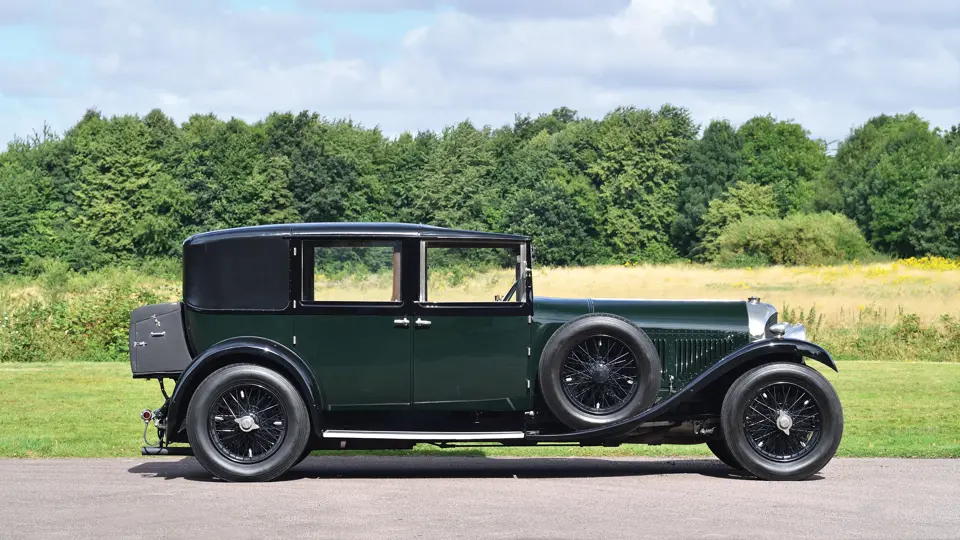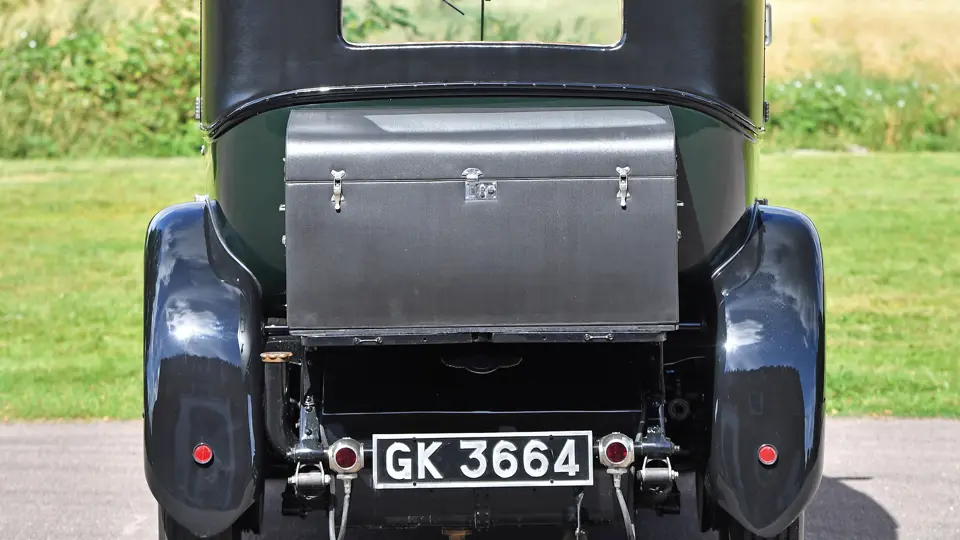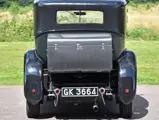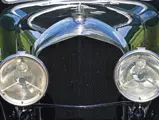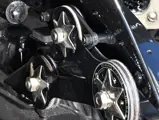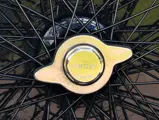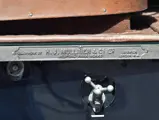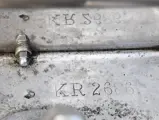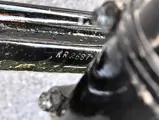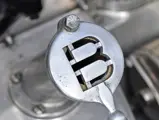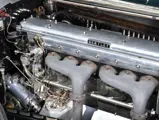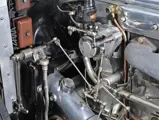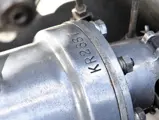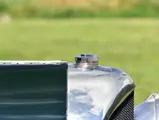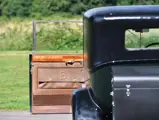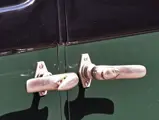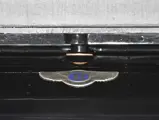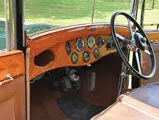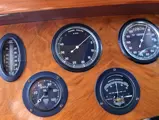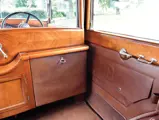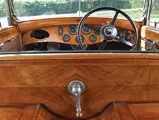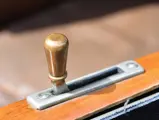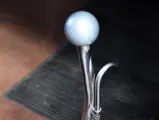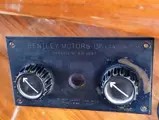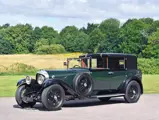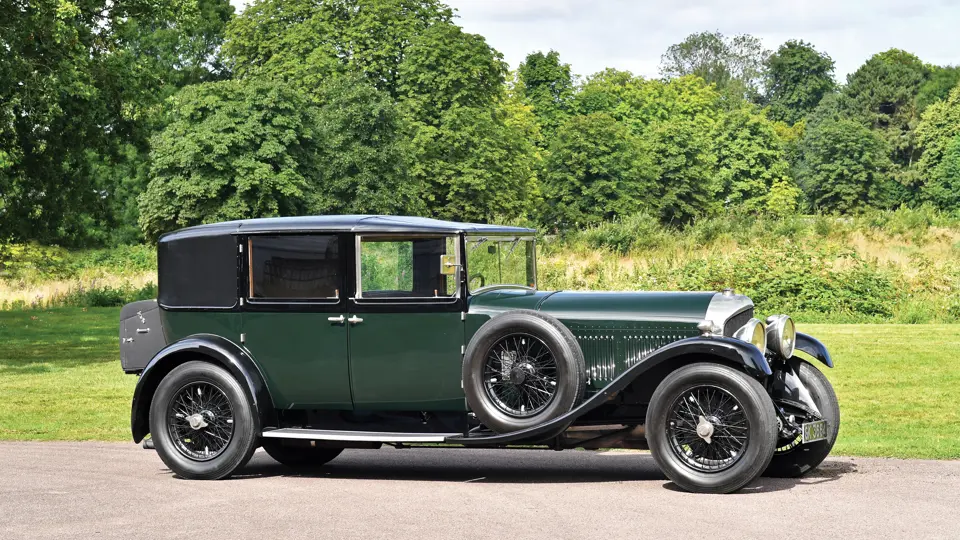
1929 Bentley 6½-Litre Sedanca de Ville by H.J. Mulliner
{{lr.item.text}}
£358,400 GBP | Sold
{{bidding.lot.reserveStatusFormatted}}
- Offered from the Estate of Mr Edward Carter
- The 1929 Olympia Motor Show car
- One of around 20 surviving 6½-Litre Bentleys; exceptional authenticity
- Handsome original coachwork; matching-numbers original engine
- Documented by Bentley historian Dr Clare Hay
180 bhp, 6,597 cc SOHC inline six-cylinder engine with Smiths multi-jet carburettor, four-speed manual transmission, front and rear semi-elliptical leaf-spring suspension, and four-wheel drum brakes. Wheelbase: 3,810 mm
To look at many 1920s Bentleys today, one might assume that every car turned out under W.O. Bentley’s watch was a fabric-bodied tourer. The truth is that when the “W.O.” cars were new, they carried a wide variety of diverse body styles by Europe’s finest coachbuilders. As many as 80 percent of these cars boasted beautifully bespoke-crafted bodies that were ideal counterparts to the racing-bred Bentley chassis, creating a “grand tourer” that combined finely tuned performance with great comfort, elegance, and reliability. These beautifully bespoke-crafted Bentleys are welcomed at the world’s most prestigious events, and this fine vehicle, thought to be the only surviving 6½-Litre Sedanca de Ville in the world, is no exception.
Chassis KR2687 was created by Bentley in collaboration with coachbuilder H.J. Mulliner of Chiswick, as a Sedanca de Ville. Presented at the Olympia Motor Show in October 1929, its coachwork has a very neat appearance, with unusually long and flowing wings exaggerating its powerful appearance, and a Barker-patented “de Ville extension” over the driver’s seat to give the appearance of a full limousine.
Featured in the “Show Number” issue of The Autocar on 25 October 1929, the car was sold at the motor show by W.O. Bentley’s brother, H.M. Bentley & Partners, to John Davie of Dartmore, Frithwood Avenue, Northwood.
Exhaustive research by noted Bentley authority Dr Clare Hay indicates that the car subsequently passed, in 1935, to Major RT Hon. F. Craven. It was laid up through World War II, and then, in 1952, was acquired, in notably original condition, by J.B. Sibly for ₤50. Displayed by Sibly in events of the Bentley Drivers’ Club until 1957, it subsequently passed through the stewardships of A.K. Harrison, J.N. Barlow, P.M. Mackie, V.H. Callcutt, A.M. Garrett, Sandra Roberts, and lastly, Graeme Miller. Then the president of the Bentley Drivers’ Club of Australia, Mr Miller recognised this as an extremely rare and unusually original vehicle, and maintained it for some 20 years with sparing use but good care, in order to protect it from becoming “just another Le Mans clone.”
The vehicle remains substantially and wonderfully original, with the major components clearly numbered and stamped at the factory; the original chassis number, KR2687, appears on the front chassis cross-member, and on the nearside front dumb-iron knuckle, as well as on the inside forward edge of the side panels of the bonnet, on the front axle, and on the steering box, all verifying the originality of each of these major components. The original engine number, KR2686, is, of course, still carried on the nearside bearer arm of the crankcase, and the correct “C”-type gearbox is believed to be the original to this car from 1929.
While the car has been well maintained since the 1970s, only in the current ownership of Mr Edward Carter was it thoroughly prepared to bring it back to its exceptional original appearance, including handsome and tasteful colours that greatly flatter its lines. The interior is patinaed and lush, including a fitted drinks cabinet. Further restoration work was performed by the noted Bentley specialists R.C. Moss of Bedford, including a full proper repaint to the current green and black livery, refinishing the top material in correct Rexine (of which R.C. Moss is currently sole manufacturer), fitting a correct-patterned Smith’s multi-jet carburettor with correct piping and linkage, installation of a correct Bentley plate clutch, and proper mechanical and cosmetic sorting.
The car is accompanied by a copy of Hay’s well-researched, detailed, and fascinating report, containing photographic documentation and a thorough discussion of the car’s components, as well as a history composed by a previous owner, that details the car’s regular participation in Bentley Drivers’ Club events from the 1960s, and restoration receipts from R.C. Moss.
So few of these cars have been carefully preserved and restored as they were when new; accordingly, this presents not only as a correct 6½-Litre, but also as one of the most proper of the handful of survivors. It is very much today as H.M. and W.O. Bentley knew it, and that fact alone makes a worthy addition to any stable of the finest pre-war sporting motorcars.




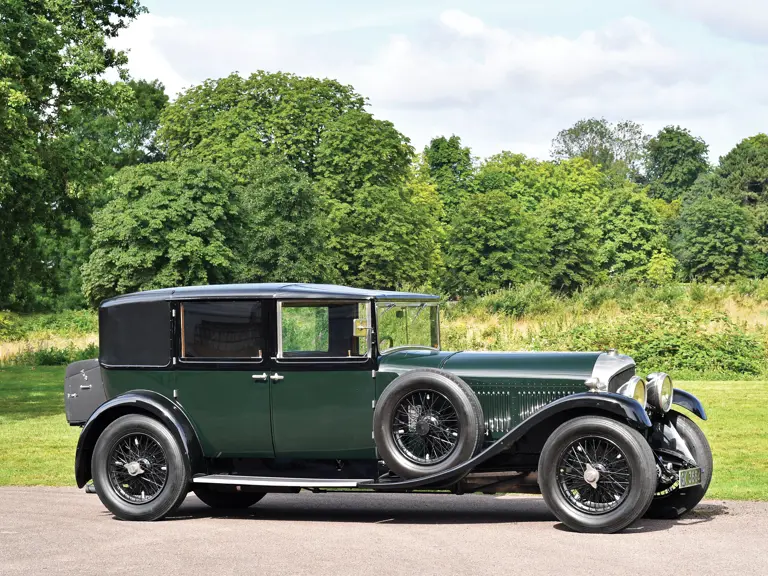

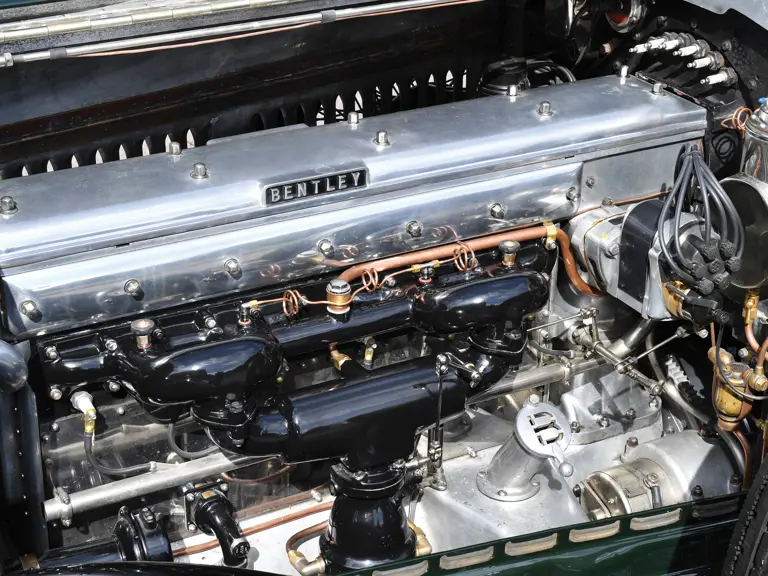
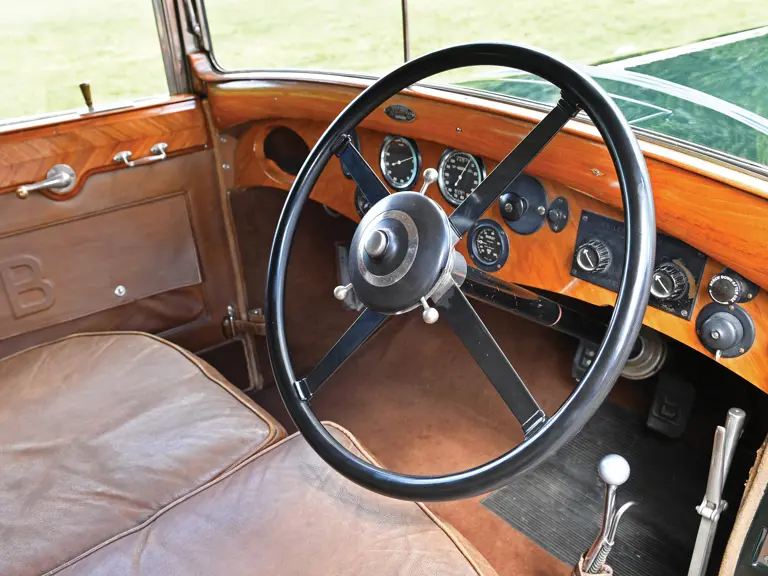
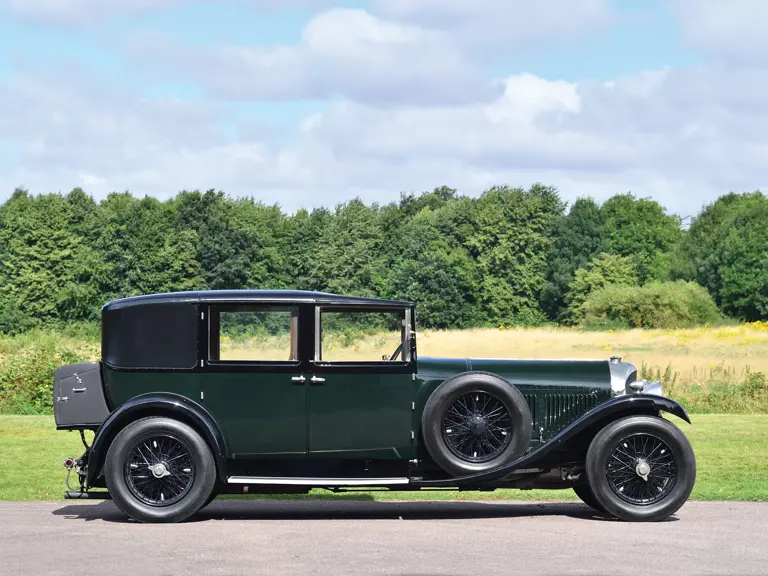
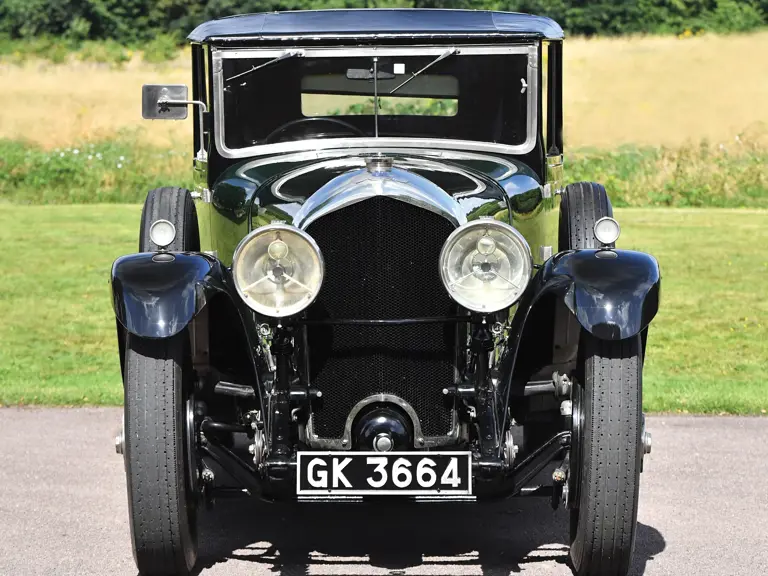
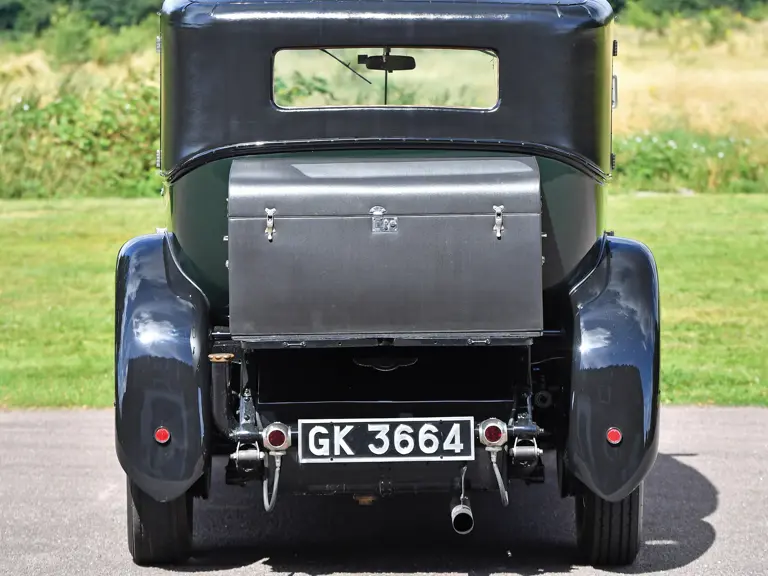
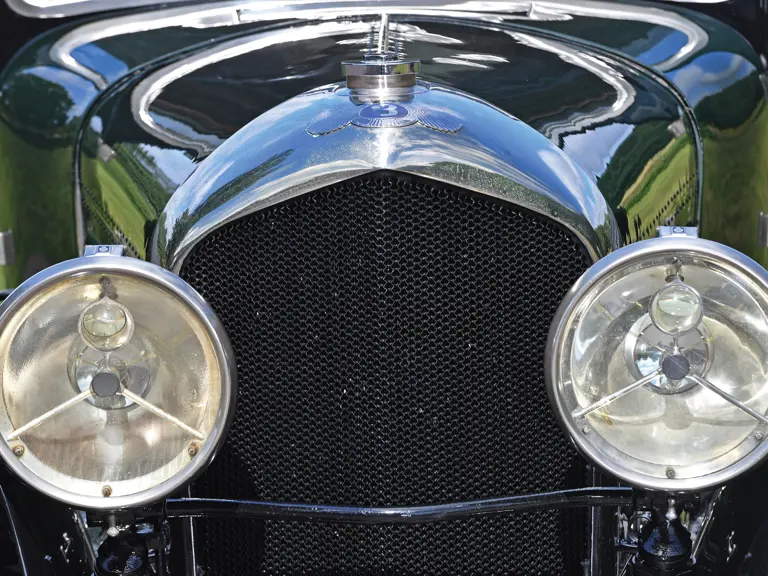


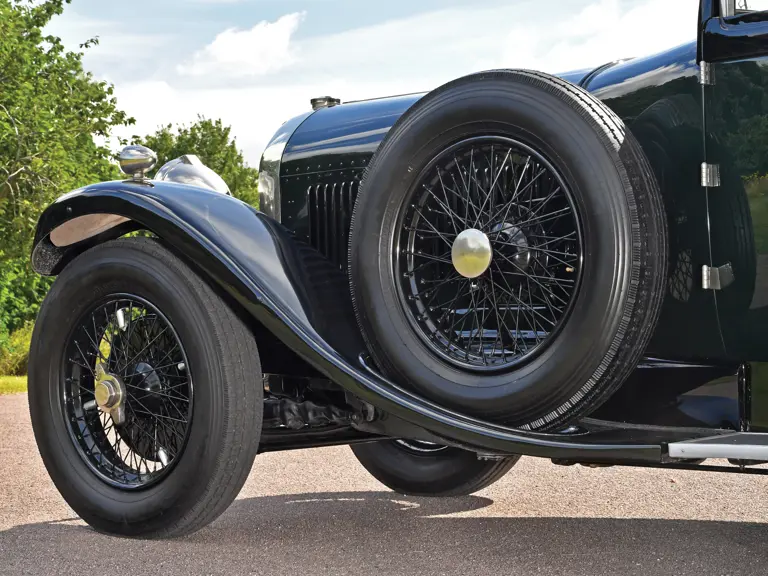


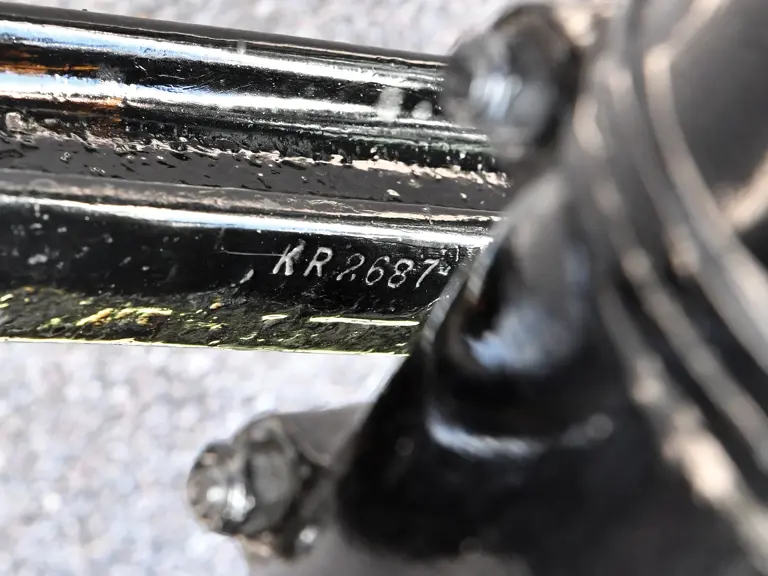
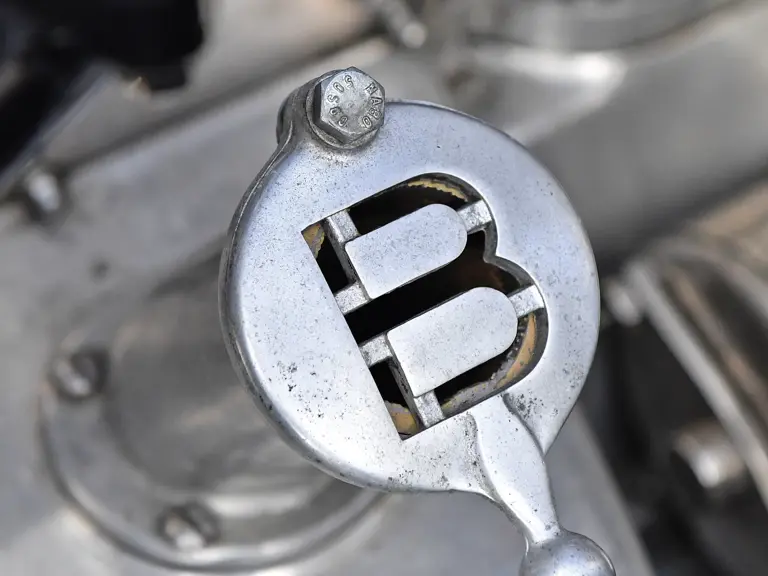
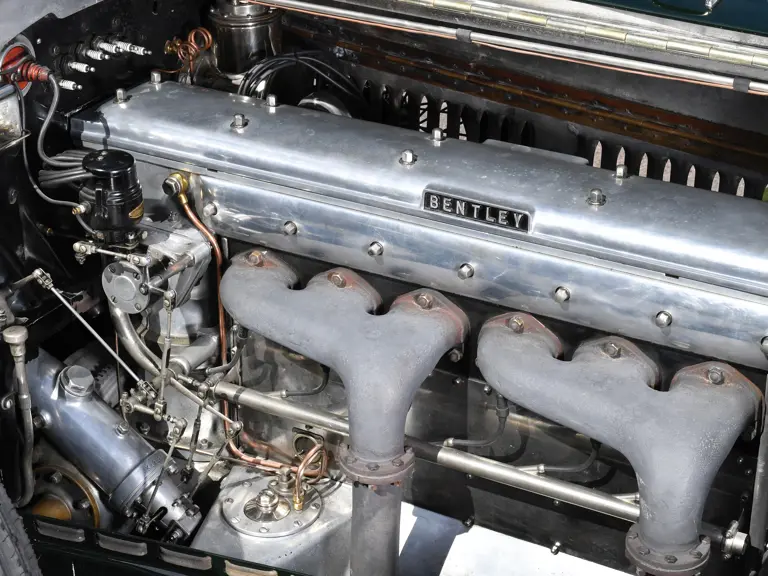
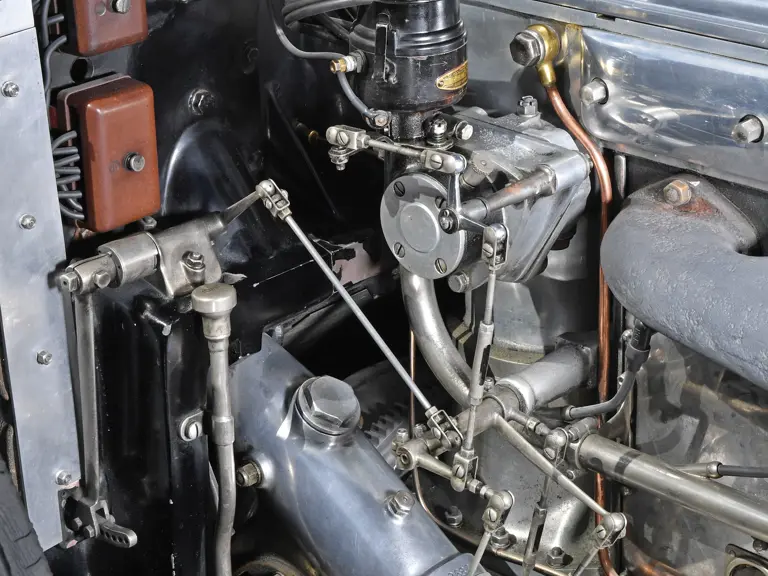


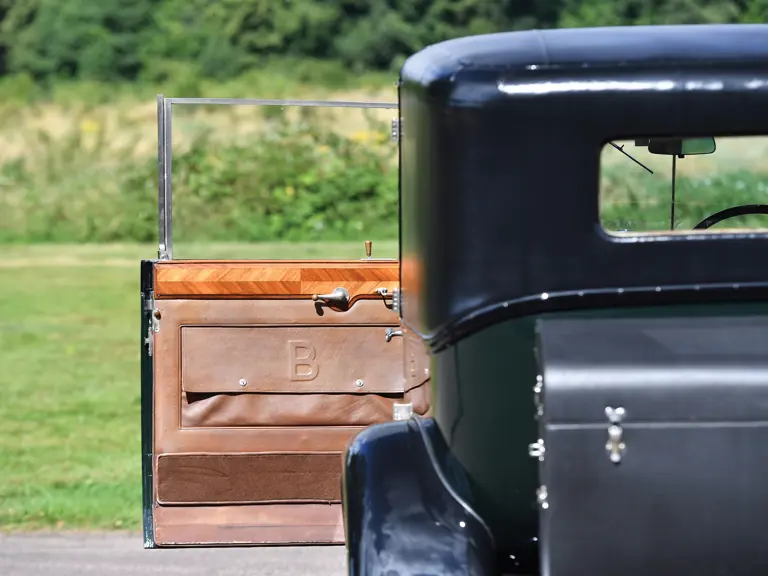
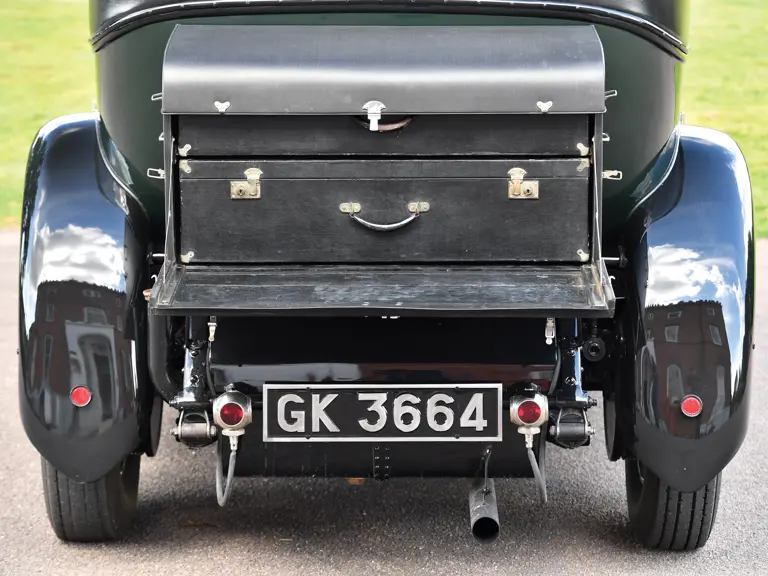

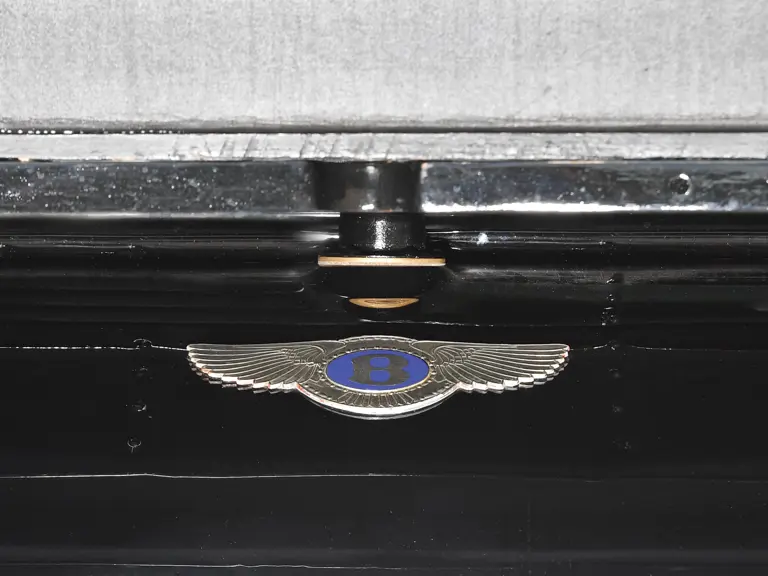
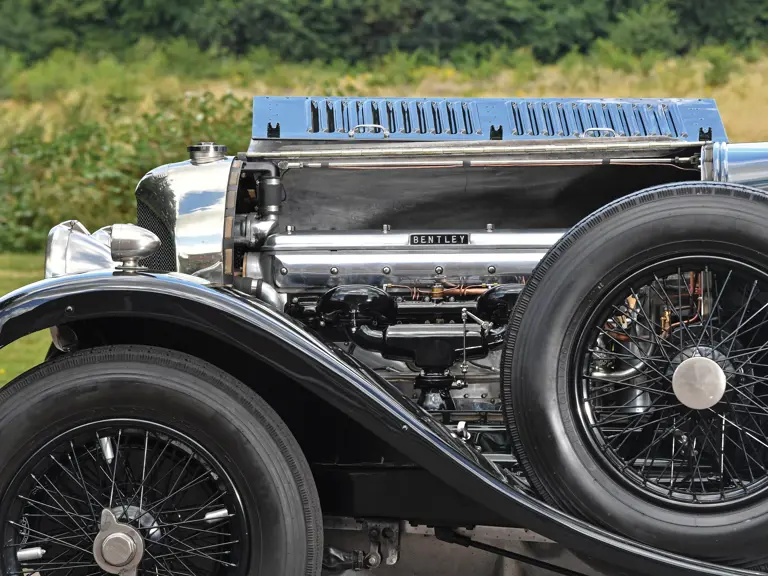
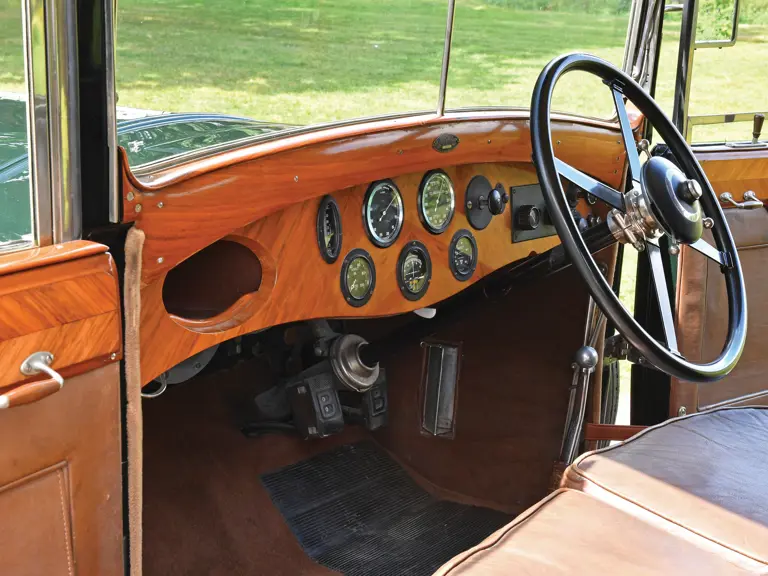
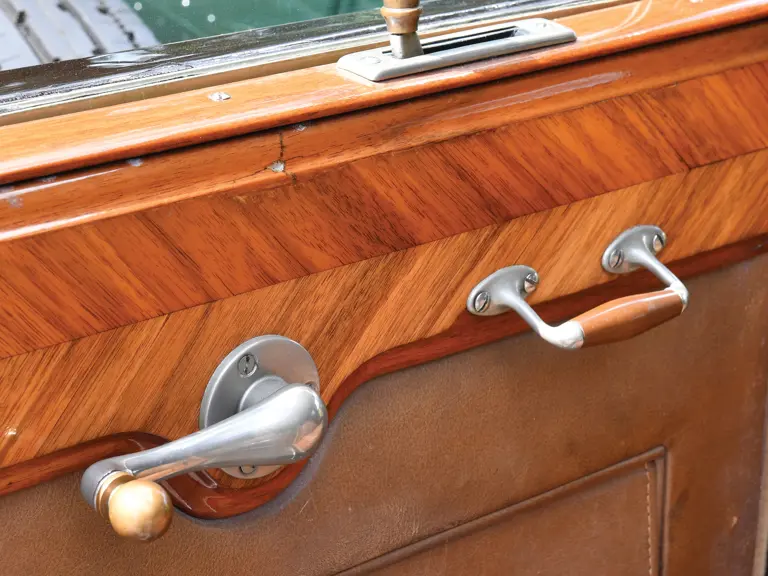
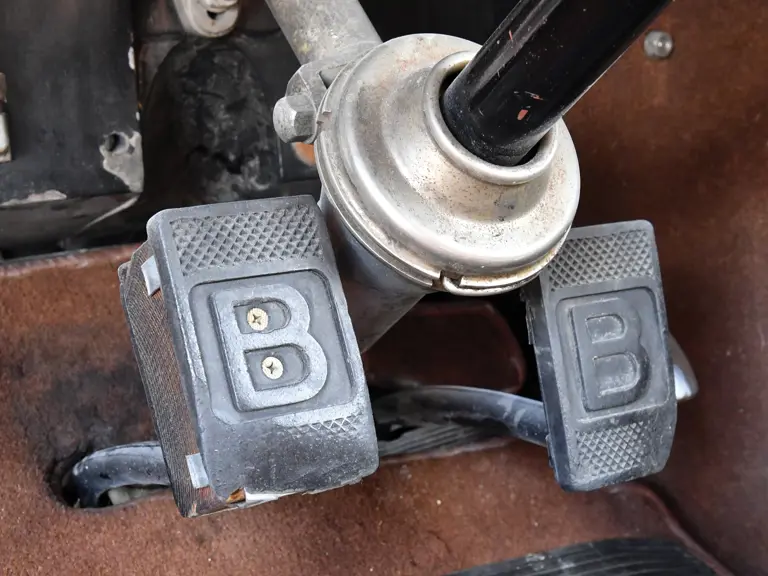


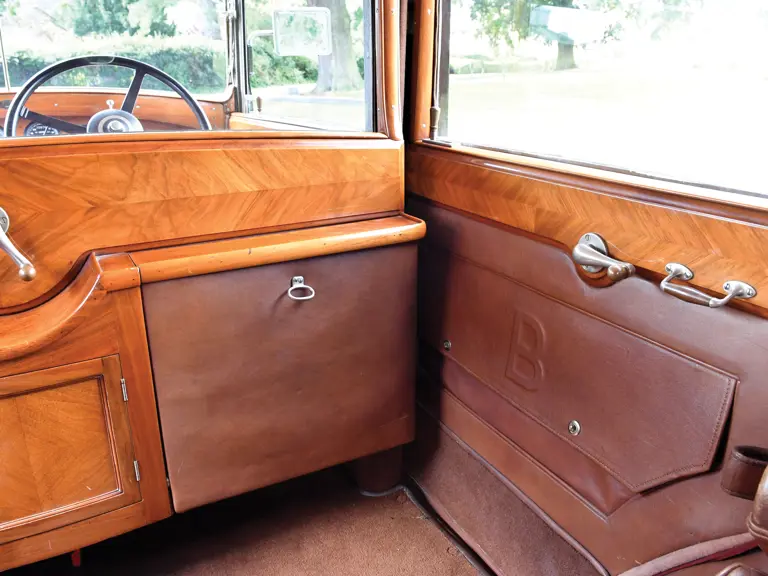
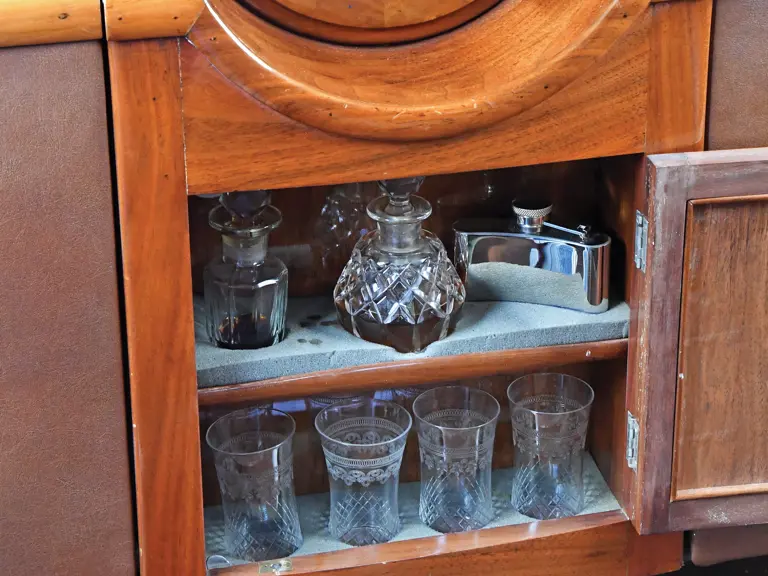
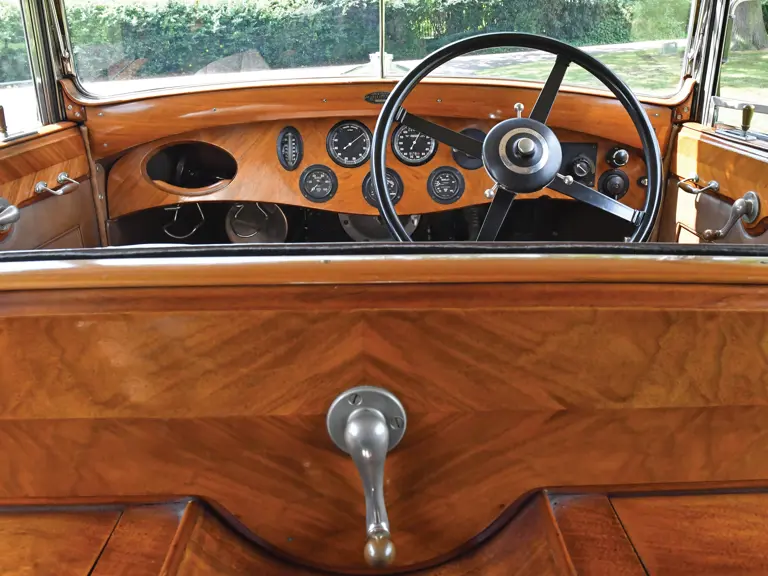
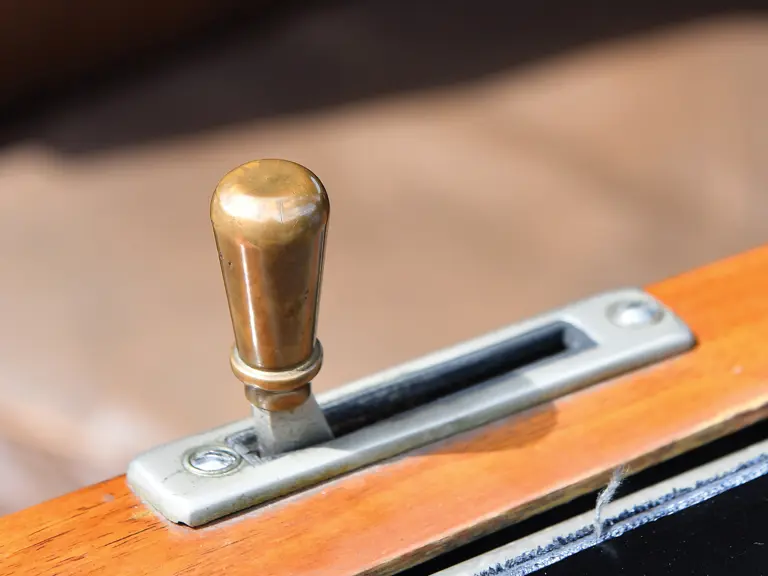


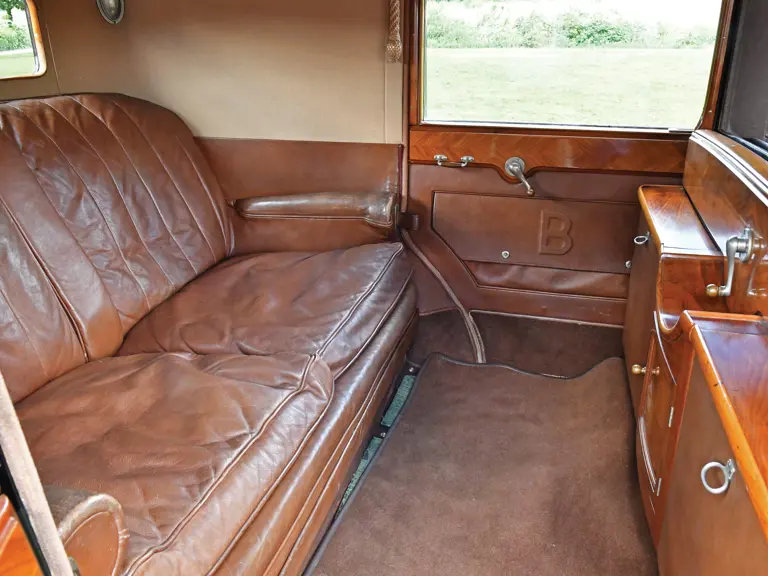
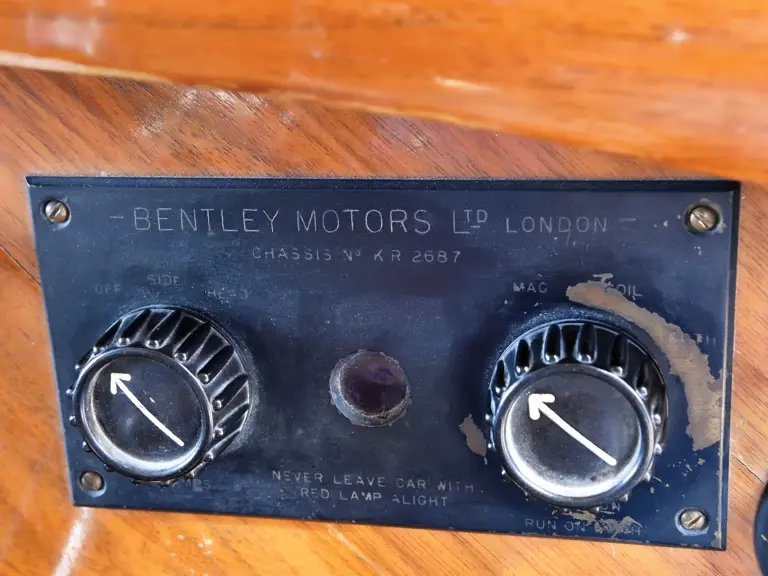
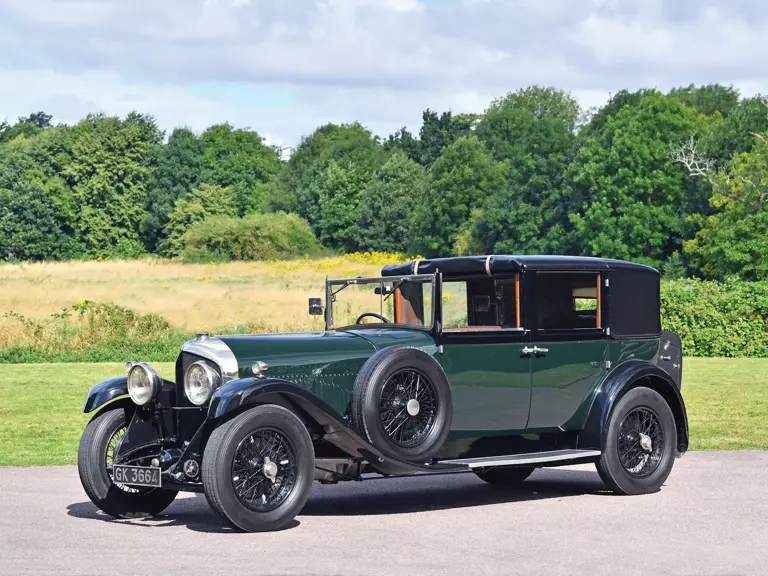
 | London, United Kingdom
| London, United Kingdom
